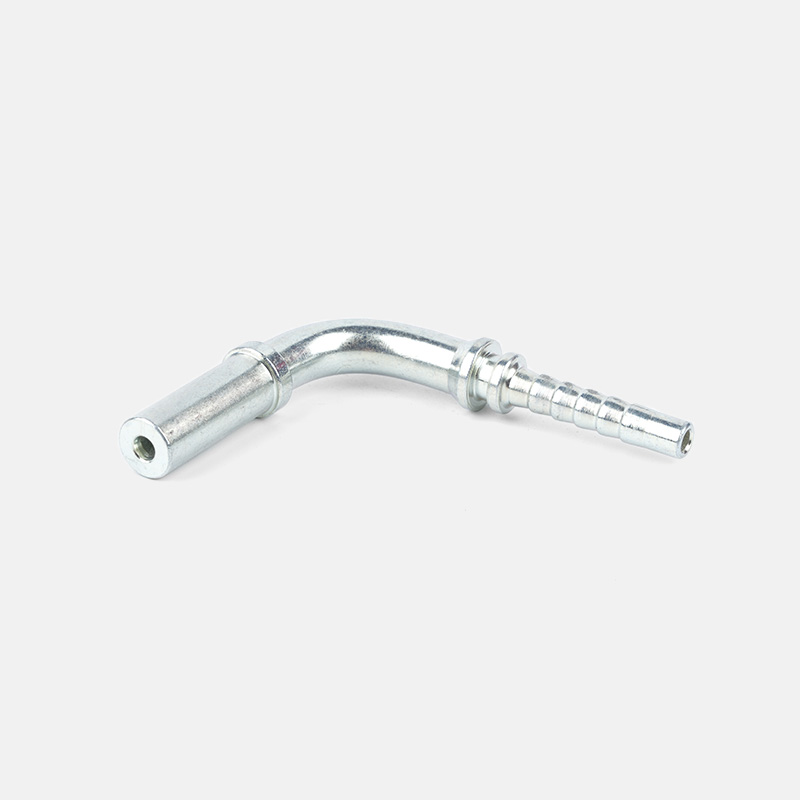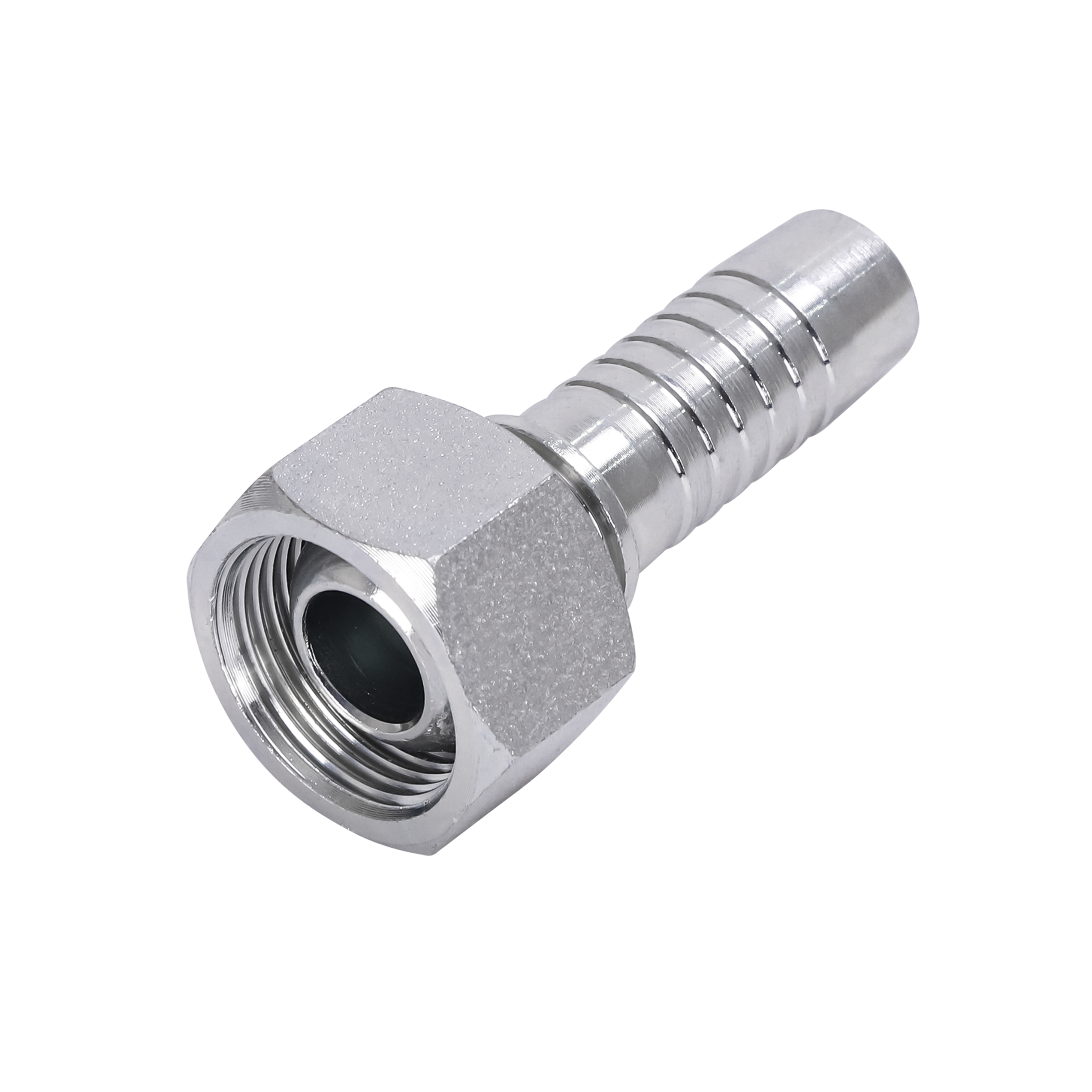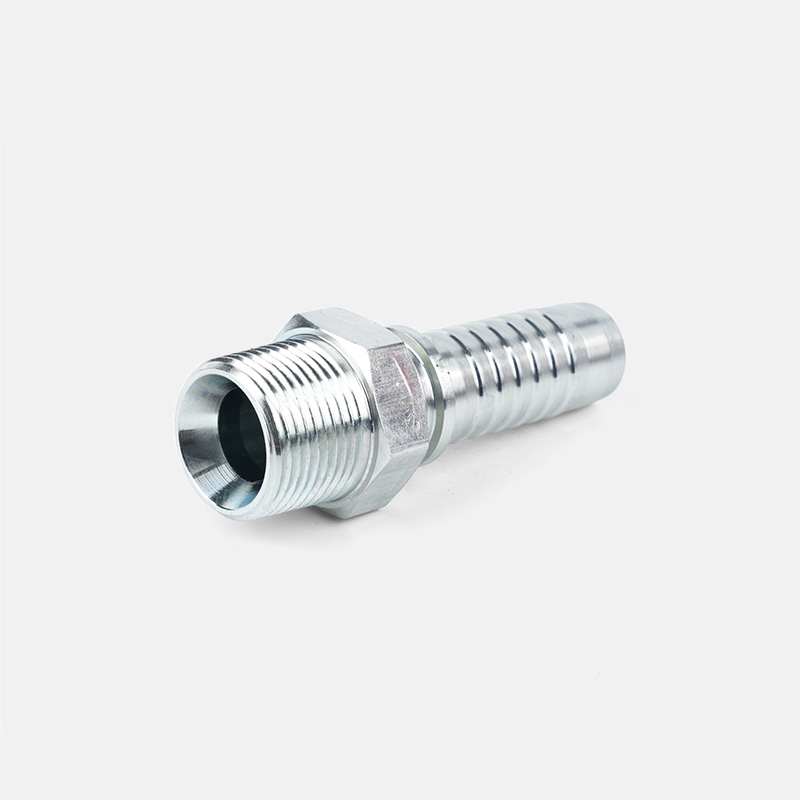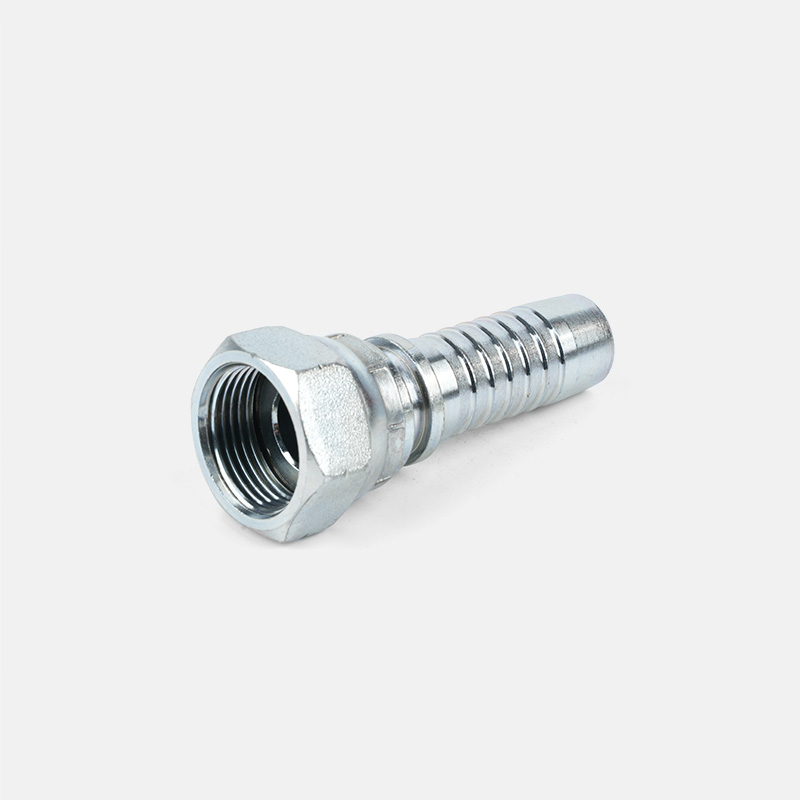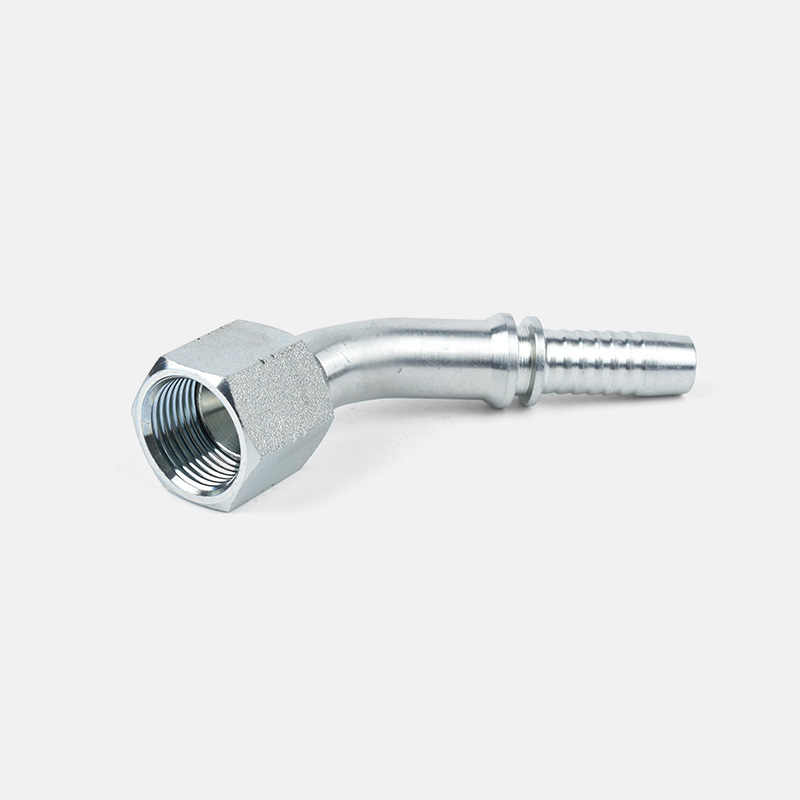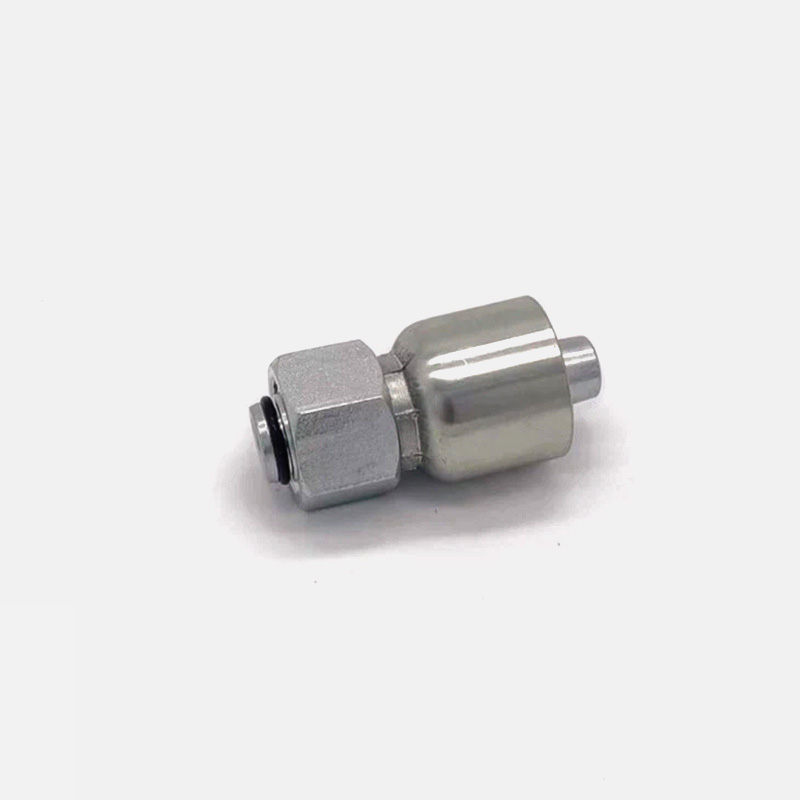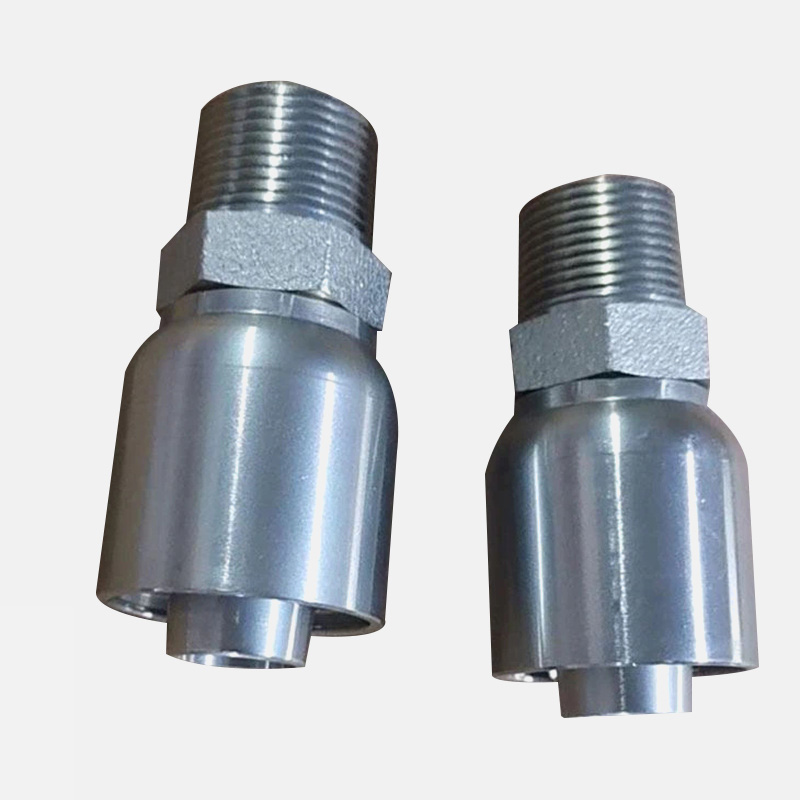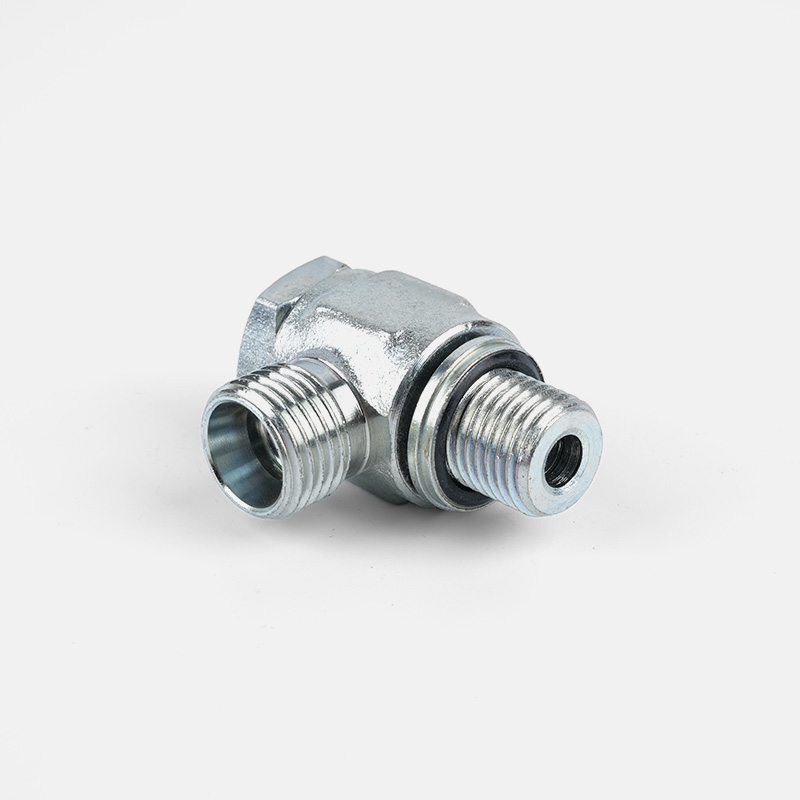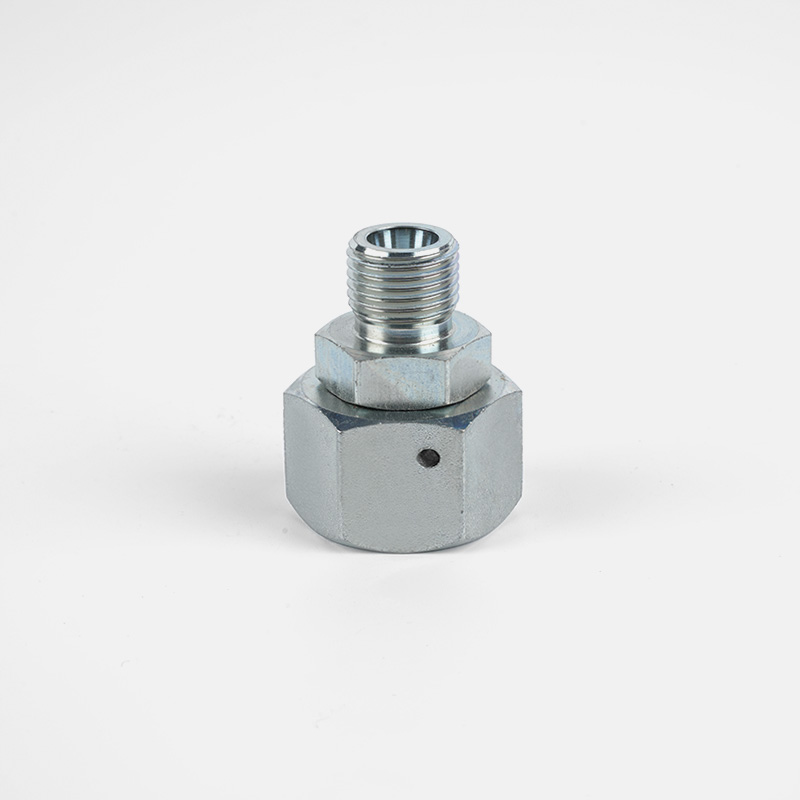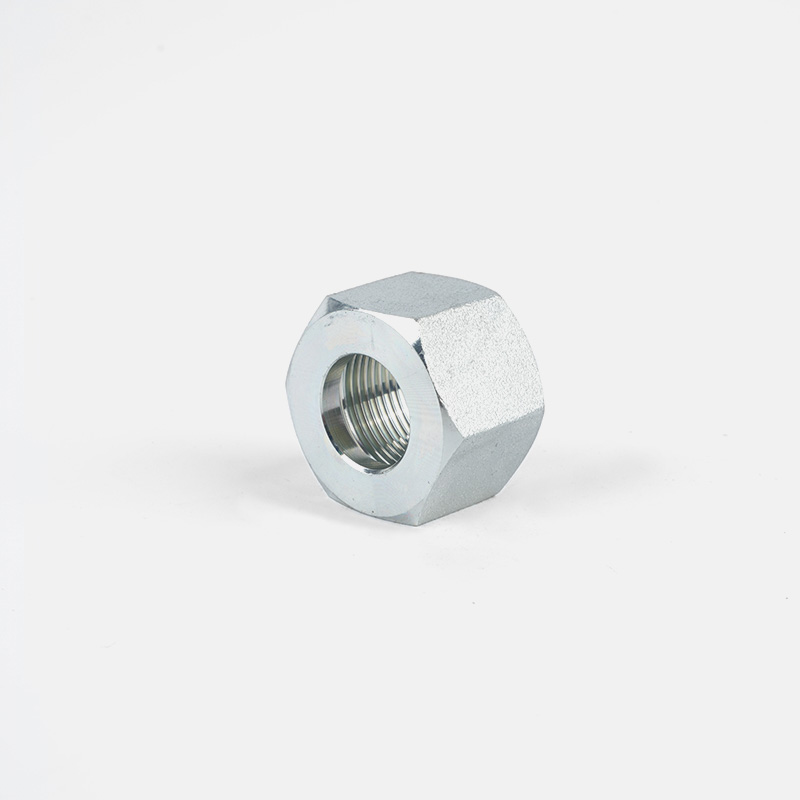Language
ENGTroubleshooting Common Issues with Hydraulic SAE Flanges
 2025.08.11
2025.08.11
 industy news
industy news
1. Leaks at the Flange Connection
Cause:
Hydraulic SAE flanges can develop leaks due to a variety of reasons, including improper installation, damaged gaskets, or incorrect bolt torque. Leaks at the flange connection can lead to loss of hydraulic fluid, reduced system efficiency, and potential system failure.
Troubleshooting Steps:
Check Gasket Condition:
The gasket is responsible for providing a tight seal between the two flange faces. If the gasket is damaged, worn, or improperly positioned, it can lead to leaks. Inspect the gasket closely for cracks, tears, or deformation. Even slight damage can lead to fluid leakage. If the gasket appears compromised, replace it with a new one, ensuring it matches the size and material recommended for your system.
Verify Torque Specifications:
Bolts must be tightened to the manufacturer's recommended torque to ensure proper sealing. If the bolts are too loose, the flange faces may not make proper contact with the gasket, resulting in leaks. Conversely, over-tightening bolts can damage the gasket or cause flange warping. Use a calibrated torque wrench to tighten the bolts to the correct specifications.
Check for Misalignment:
Flange misalignment can cause uneven pressure on the gasket, leading to gaps that allow fluid to escape. Before tightening, visually inspect the flanges to ensure they are properly aligned. If necessary, use alignment tools or dowel pins to help ensure precise alignment.
Inspect Surface Conditions:
The sealing surfaces of the flanges should be smooth and free from debris, corrosion, or damage. Even minor imperfections like nicks, scratches, or dirt can compromise the seal. Clean the surfaces thoroughly before reassembling the flanges. If you detect significant corrosion or damage, consider replacing the flanges.
2. Uneven Pressure Distribution
Cause:
Uneven pressure distribution can occur if the flanges are not properly aligned, if the faces are warped, or if the bolting is inconsistent. This issue can lead to inefficient fluid flow, potential leaks, or system failure under pressure.
Troubleshooting Steps:
Check for Parallel Flange Faces:
Use a micrometer or feeler gauge to verify that the flange faces are parallel to each other. Even slight misalignment can create uneven pressure distribution and lead to failure of the seal. If the flange faces are not parallel, it is recommended to replace the flanges.
Inspect for Warped Flanges:
Warped flanges, whether due to improper handling, excessive pressure, or temperature fluctuations, can prevent even pressure distribution across the entire seal. Visually inspect the flange faces for any warping or distortion. If the flanges are warped, replace them immediately to avoid leaks or loss of pressure.
Recheck Bolt Torque:
Ensure that all bolts are tightened evenly. Uneven tightening of bolts can result in uneven pressure distribution across the flange faces. Tighten bolts in a cross-pattern (star pattern) to ensure even pressure on the gasket and the flange faces.
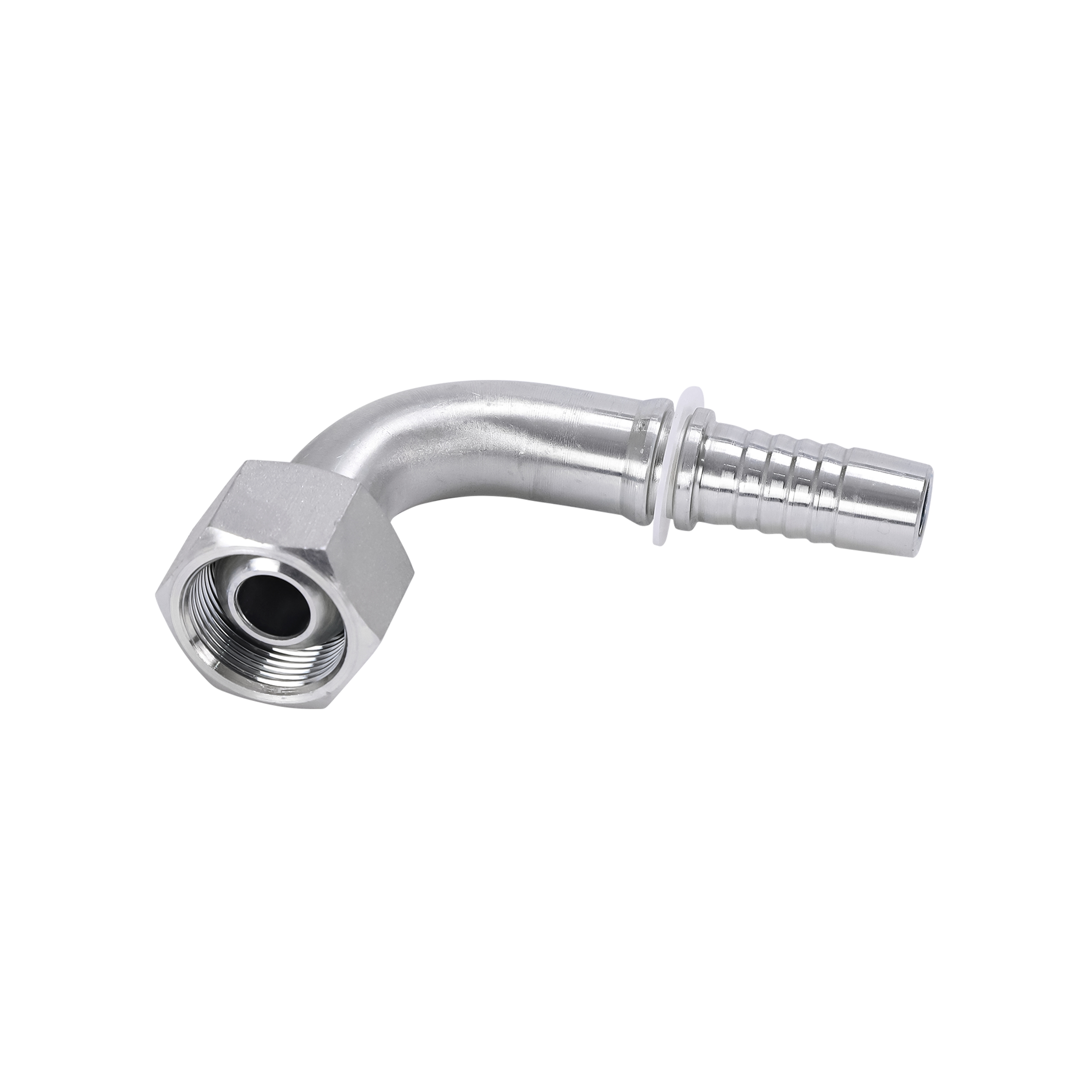
3. Corrosion and Wear
Cause:
Corrosion is often a result of exposure to moisture, harsh chemicals, or environmental factors like saltwater. Over time, corrosion can weaken the flanges, making them prone to failure. Wear can also occur due to constant pressure cycles or inadequate lubrication.
Troubleshooting Steps:
Inspect for Rust or Pitting:
Regularly inspect the flanges for signs of rust, pitting, or general corrosion. These are indicators that the flanges are beginning to fail. Corroded or pitted surfaces can no longer provide a reliable seal, and failure is imminent. If corrosion is evident, replace the affected components immediately.
Use Corrosion-Resistant Materials:
If you are operating in a corrosive environment (e.g., marine applications or areas with high humidity), consider using flanges made from corrosion-resistant materials like stainless steel or specialized alloys. These materials can withstand harsh conditions and extend the lifespan of your hydraulic system.
Apply Protective Coatings:
If you notice signs of wear or minor corrosion, consider applying a protective coating to the flanges and surrounding components. Many coatings are available that can prevent further corrosion and protect the flanges from environmental damage.
4. Inconsistent Flow or Pressure Loss
Cause:
Inconsistent flow or pressure loss can occur due to blockages in the hydraulic lines, misalignment of components, or damaged components within the hydraulic system. This can result in reduced system performance and efficiency.
Troubleshooting Steps:
Check for Blockages:
Blockages or restrictions in the hydraulic lines (such as debris, dirt, or foreign particles) can impede fluid flow, leading to inconsistent pressure. Use a pressure gauge to check for pressure drops at various points in the system and trace the cause. Clean or replace any components that are obstructed.
Inspect Flange Connections:
Even small issues with the flange connection, such as improper alignment or insufficient tightening, can create resistance to fluid flow. Ensure that the flanges are correctly positioned and securely fastened. If the problem persists, inspect the entire system for other potential sources of flow disruption.
Check Pressure Settings:
Incorrect pressure settings can cause uneven flow and pressure loss. Use a calibrated pressure gauge to check the system's operating pressure. If the pressure is lower than expected, it could be due to a leak or a malfunctioning component in the system.
5. Bolt Failure or Fractures
Cause:
Bolt failure can occur due to fatigue, incorrect tightening, or the use of substandard bolts. Over time, vibration or pressure cycles can cause bolts to loosen or crack, leading to flange misalignment and potential leakage.
Troubleshooting Steps:
Inspect Bolts for Wear or Cracks:
Check all the bolts for signs of cracking, bending, or fatigue. Over time, bolts can become weak, especially if they have been subjected to high pressures or vibrations. Replace any damaged or worn-out bolts immediately.
Ensure Proper Bolt Size and Material:
Using the correct size, grade, and material of bolts is essential for maintaining the integrity of the hydraulic system. Consult the manufacturer's specifications to ensure you're using the proper bolts for the specific application and pressure range.
Use a Torque Wrench:
Always use a calibrated torque wrench when tightening bolts to ensure they are properly torqued. Under-tightening bolts can lead to leaks, while over-tightening can cause bolt fractures or flange damage. Follow the torque specifications provided by the manufacturer for optimal results.
6. Flange Alignment Issues
Cause:
Misalignment between the flanges can cause uneven pressure distribution, leading to poor sealing, leaks, or gasket damage. Alignment issues can arise from improper installation, worn-out components, or physical damage.
Troubleshooting Steps:
Check for Proper Alignment:
Before tightening the bolts, visually inspect the alignment of the two flanges. The flange faces should be parallel, and the bolt holes should align perfectly. If alignment tools or dowel pins are available, use them to ensure precise alignment.
Use Alignment Pins:
During installation, using alignment pins can help keep the flanges in proper position. This will prevent misalignment during the tightening process and ensure that both flanges remain parallel.
Inspect for Component Wear:
If flange misalignment continues to be an issue, inspect the mounting surface and other system components for wear or damage. Worn-out parts can affect alignment and should be replaced to restore system integrity.
7. Excessive Vibration or Noise
Cause:
Excessive vibration or noise can result from loose flange connections, unbalanced hydraulic systems, or improperly installed components. These issues can lead to inefficient operation and premature wear.
Troubleshooting Steps:
Check for Loose Connections:
Loose bolts or flange connections can lead to unwanted movement and vibration. Tighten all bolts to the recommended torque specification and check for any looseness during system operation.
Verify System Balance:
An unbalanced hydraulic system can cause excessive vibrations and noise. Ensure that all components are balanced and aligned properly. If the system is running at a higher-than-normal pressure, it may need to be adjusted to reduce vibrations.
Ensure Proper Mounting:
If the hydraulic components are not mounted securely, vibration can occur. Ensure all mounting brackets, bolts, and supports are properly installed and tight. Check the system for any loose parts that could be causing unnecessary movement.
8. Damaged Seals or O-Rings
Cause:
O-rings and seals play a vital role in preventing fluid leaks at the flange connection. Over time, these components can become damaged due to pressure cycles, temperature fluctuations, or poor installation practices.
Troubleshooting Steps:
Inspect O-Rings and Seals:
Examine the seals and O-rings for cracks, tears, or signs of wear. Even slight damage can cause fluid leaks, which can lead to system failure. Replace any damaged O-rings or seals immediately with ones that are compatible with the hydraulic fluid and operating conditions.
Ensure Correct O-Ring Size:
Using the wrong size or material of O-ring can result in leaks or improper sealing. Always use O-rings that meet the manufacturer’s specifications for your hydraulic system.
Lubricate O-Rings:
Before installing new O-rings or seals, lubricate them with the appropriate hydraulic fluid. This will reduce friction during installation and help the O-ring maintain a proper seal once installed.


